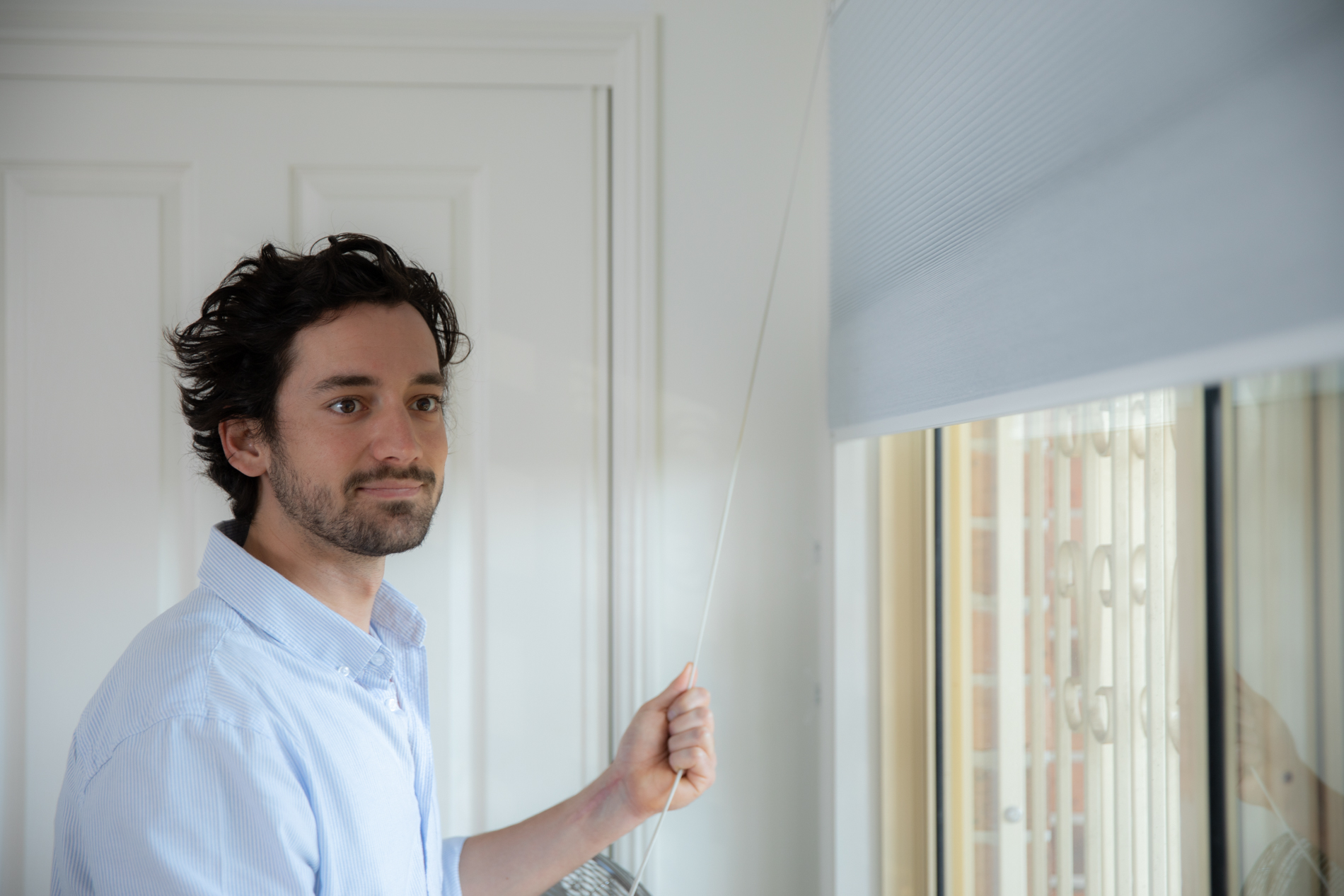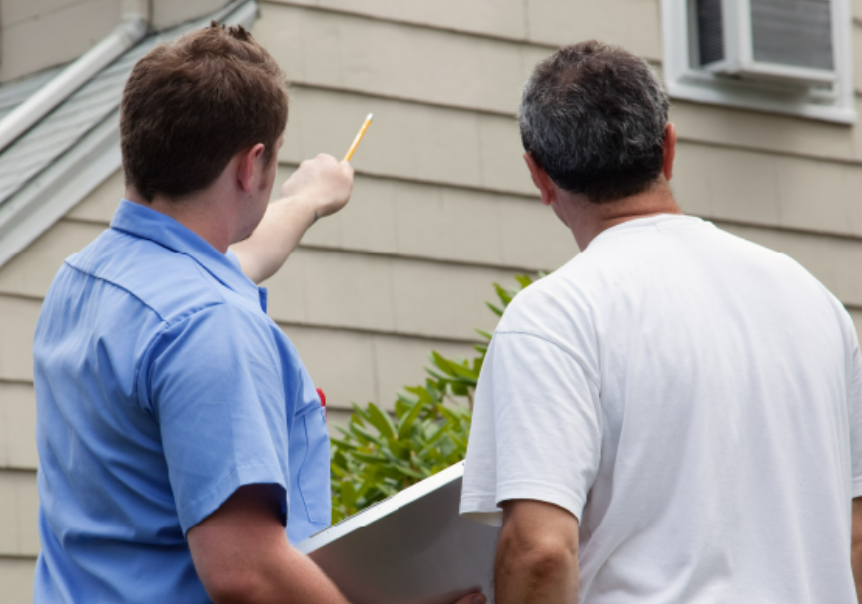The Cavdarski household
The story of a Brisbane Carbon Challenge champion household.
Household:
FAMILY
Dwelling:
TOWNHOUSE
Ownership:
RENTING
Total emissions reduction: 78%
Original emissions:
10.2 tonnes
Transport: 3.1 tonnes
Energy: 5.7 tonnes
Waste: 1.4 tonnes
Reduced emissions:
2.3 tonnes
Transport: 2 tonnes
Energy: 0 tonnes
Waste: 0.3 tonnes
About the household
While taking the Brisbane Carbon Challenge, Sheridan, Phil and their son lived in a townhouse in North Brisbane. The young family were determined to give the Brisbane Carbon Challenge their best shot and undertook actions across energy, transport and waste to reduce their carbon emissions. Being renters, the Cavdarskis had limitations to work with. Still, they managed to reduce their carbon footprint by an impressive 78%.



“The more people that reduce their impact, the better off we all are. Even if it’s just one step at a time.“
Sheridan Cavdarski
Successes
Returning to cycling
Transport is the biggest source of carbon emissions for the average Brisbane household. Yet, it’s often the hardest emissions source for households to change or reduce, due to lifestyle factors that make it hard to get around without a car. However, this didn’t stop the Cavdarskis, who replaced their daily car commutes with bike riding. Sheridan notes, ‘We hadn’t been [bicycle] riding much since our baby was born, but since starting to ride to work, it reignited that passion, and now we ride almost every day for exercise as well as transport. Not only have we reduced our emissions [and] saved on petrol costs, but we also enjoy the exercise and health benefits we get from it.’
With petrol prices as high as they are, this switch to cycling will save the Cavdarskis more than $350 a year on fuel costs.
Inspiring a townhouse composting system
Living in a townhouse complex, the Cavdarskis saw an opportunity to help their neighbours reduce their food waste and allowed them access to their compost solution. Sheridan explains how they achieved this: ‘We put our compost tumbler just inside our gate and put a sign up with step-by-step instructions in case they were unsure. We used a sticker to identify which side they needed to add to.‘
And now, not only has Sheridan helped her neighbours reduce their food waste and corresponding greenhouse gas emissions, but their townhouse community compost system is giving back to their neighbours too: ‘We have also offered the mature compost and soil back to the [other] houses if they want to plant or put it into their courtyards.‘
Challenges
Accessing renewable energy while renting
Switching to renewable energy by installing a solar power system is an obvious choice for Brisbane households looking to reduce energy emissions. However, this option wasn’t available to the Cavdarskis as they rent their home. Instead, the Cavdarskis switched to a 100% GreenPower plan, meaning their energy provider buys independently accredited renewable energy from renewable sources to match their household electricity consumption.
Home energy use was responsible for 56% of the Cavdarskis’ household carbon footprint at the start of the Brisbane Carbon Challenge. After making the switch to GreenPower, plus other small behaviour changes and investments, their energy emissions are now less than 1% of their total carbon footprint.
Sheridan’s top tip:
‘Keep your compost caddy in the fridge and it doesn’t smell! Then you can add it to the compost tumbler outside when it’s full so you don’t have flies or a smelly bin on your counter.‘
The Cavdarski’s low carbon action plan:
- replaced vehicle use with active transport (cycling)
- used E10 instead of petrol
- purchased 100% renewable energy (GreenPower)
- used fans instead of air conditioners
- switched off lights when not in use
- upgraded lights to LED
- switched off appliances at the wall when not in use
- installed low-flow shower head
- reduced food waste
- composted food waste
- replaced disposable nappies with re-usables.




